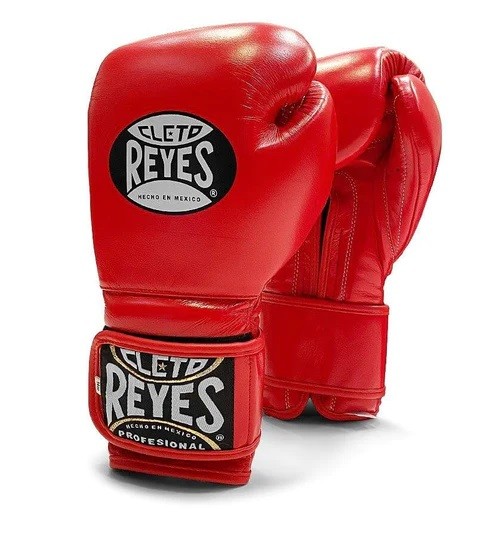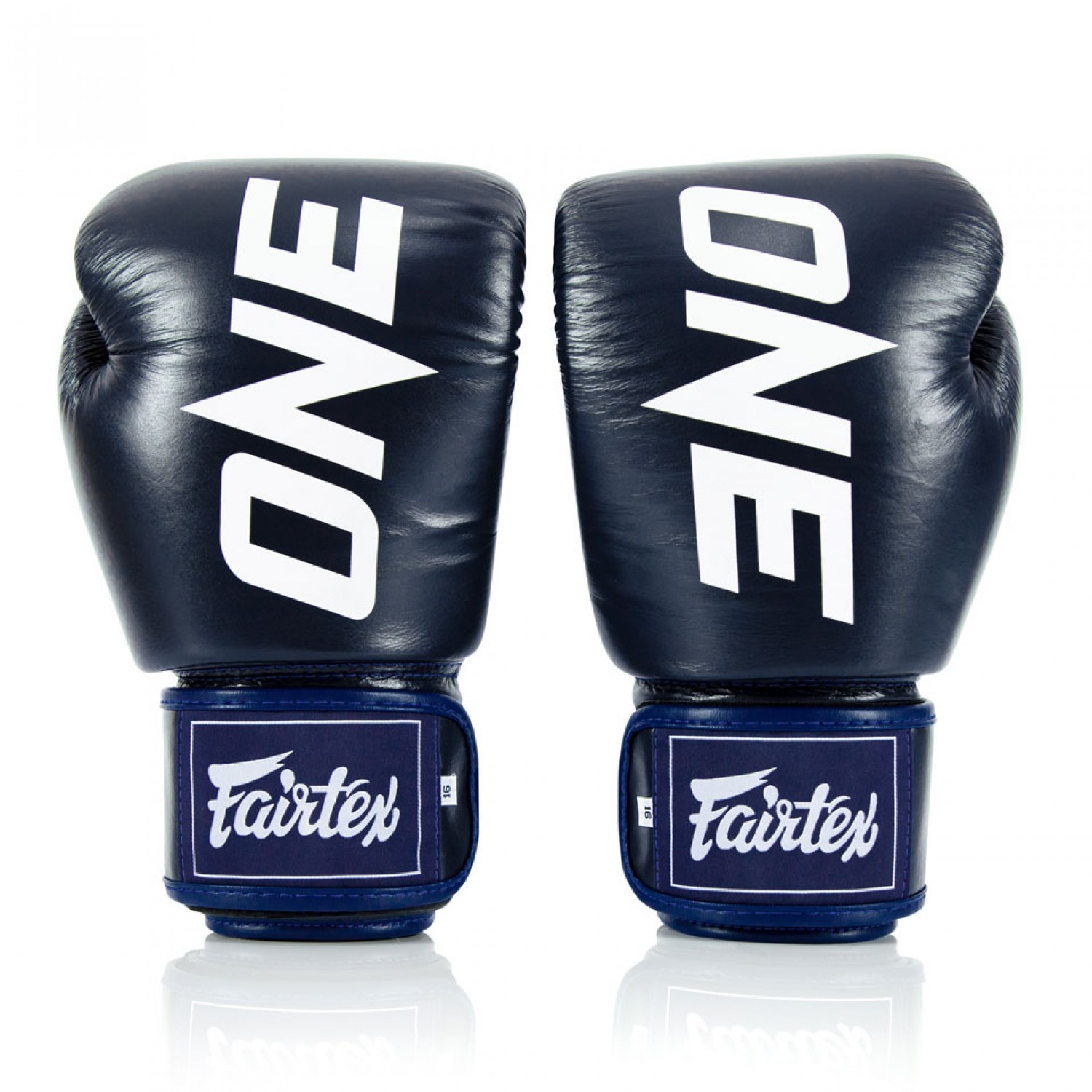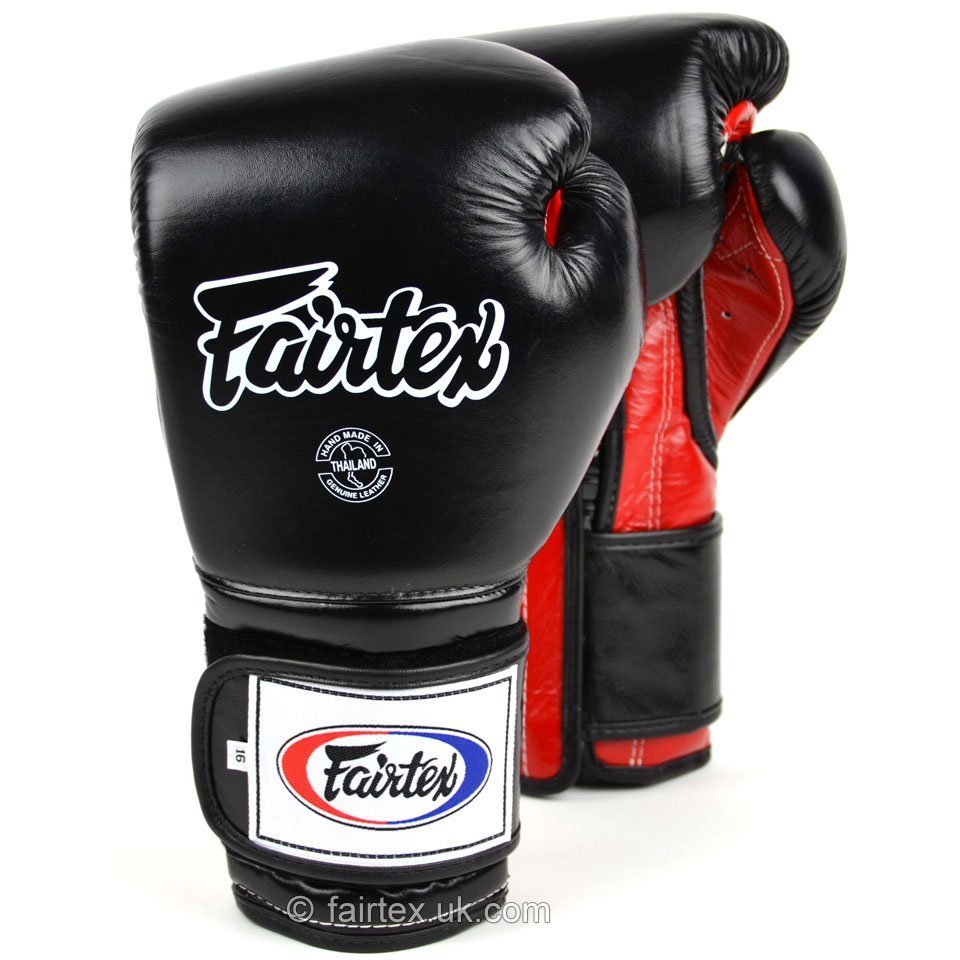From ancient hand wraps to modern feats of engineering, boxing gloves are far more than just padded mitts. They are the silent guardians of a sport, the crucial link between raw power and strategic precision, and the fundamental reason why boxing evolved from brutal, often fatal, bare-knuckle brawls into the globally recognized and regulated sport it is today. More than just protecting the wearer, these meticulously designed pieces of equipment have redefined the very nature of combat sports, prioritizing both fighter safety and the longevity of careers.
A Journey Through Time: From Himantes to Modern Marvels
The concept of hand protection in fighting dates back millennia. Ancient Greek boxers, as early as 1500 BC, used rudimentary leather strips called himantes to protect their hands. The Romans later developed the more fearsome cestus, often weighted with metal, turning the hand into a weapon rather than merely protecting it. This era of extreme brutality eventually led to the banning of boxing.
Boxing saw a revival in 17th century Britain, often fought bare-knuckle. It wasn’t until the mid-18th century that Jack Broughton, a prominent boxer, introduced “mufflers” – padded gloves used primarily for practice. However, the true turning point came with the Marquess of Queensberry Rules in 1867, which mandated the use of “fair-sized” padded gloves in competitive bouts. This historic shift marked the end of the bare-knuckle era and laid the foundation for modern boxing, making it safer and more palatable to a wider audience.
The late 1800s saw the emergence of gloves resembling what we recognize today. Over the past century, continuous innovation in materials and design, driven by major manufacturers, has transformed them into sophisticated pieces of athletic equipment.
Anatomy of a Glove: Materials and Construction
Modern boxing gloves are complex constructions, designed to absorb and distribute impact effectively while providing comfort and support.
- Outer Material: The most common materials for the outer casing are genuine leather (often cowhide) and synthetic leather (PU or vinyl). Genuine leather is highly durable, resistant to odors, and offers a premium feel, making it a favorite among professionals. Synthetic options are more affordable, easier to maintain, and a popular choice for beginners and intermediate users.
- Padding: This is the core of the glove’s protective capability. Most modern gloves use multi-layered foam padding, combining different densities of latex, PVC, or polyurethane foam for superior shock absorption. Traditional gloves and some professional models still utilize horsehair padding, which offers a denser, firmer feel, allowing for a “puncher’s glove” sensation. Some advanced gloves also incorporate gel padding for enhanced impact dispersion and a snugger fit.
- Inner Lining: A crucial, often overlooked, component is the inner lining. High-quality gloves feature moisture-wicking fabrics to keep hands dry, reduce irritation, and prevent odors. Cheaper gloves might use smooth nylon or polyester.
- Closure System: Gloves typically feature either lace-up or Velcro (hook-and-loop) closures. Lace-up gloves are preferred by professionals for their incredibly snug, custom fit and superior wrist stability, though they require assistance to tie. Velcro straps offer unparalleled convenience, making them ideal for training, bag work, and solo use.
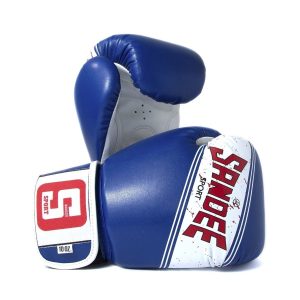
Types of Gloves for Every Purpose
Not all boxing gloves are created equal. Their weight, padding, and design are specifically tailored for different training and competitive purposes, typically measured in ounces (oz).
- Training Gloves (12-16 oz): These are the most versatile and common gloves for everyday gym use. They offer a good balance of protection for both the boxer’s hands and their partners during various drills, including mitt work, pad work, and light bag sessions. Heavier training gloves (14-16 oz) are often recommended for general fitness and building endurance.
- Sparring Gloves (14-20 oz): Designed with extra padding, especially over the knuckles, sparring gloves prioritize the safety of both fighters. The increased weight reduces the impact force, minimizing the risk of injury during practice bouts. The specific weight chosen depends on the boxer’s body weight and punching power.
- Bag Gloves (10-14 oz, sometimes with denser padding): These are specifically designed for heavy bag and speed bag work. They have denser, more compact padding to withstand repeated, powerful impacts, offering excellent hand protection while allowing the boxer to “feel” their punches more.
- Competition Gloves (8-12 oz): Lighter and with less padding than training or sparring gloves, competition gloves are designed for official bouts. The padding is firmer, allowing for sharper, more impactful blows. Amateur competition gloves usually have more cushioning than professional ones, which are designed to maximize force transmission. Weight classes dictate the required glove weight (e.g., 8oz for lighter divisions, 10oz for heavier ones in professional bouts).
- Specialized Gloves (e.g., Muay Thai, MMA): While similar in core function, specific combat sports have adapted glove designs. Muay Thai gloves often have a more flexible design for clinching, while MMA gloves are typically much thinner and open-fingered to allow for grappling.
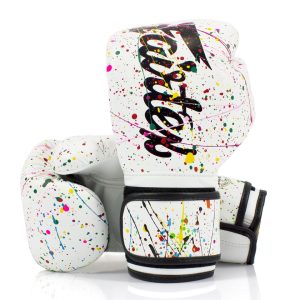
Choosing Your Pair: A Beginner’s Guide
For those new to boxing, choosing the right glove can seem daunting. The key is to prioritize safety, comfort, and the intended use.
- Purpose: Are you hitting a heavy bag, sparring, or just doing fitness boxing? This will determine the type of glove.
- Weight (oz): This relates to your body weight and the level of protection needed. Beginners are often advised to start with 14oz or 16oz gloves for all-around training and sparring, as they offer more padding. Lighter individuals might start with 12oz.
- Fit: The glove should feel snug around your hand, with your fingertips near the top. Ensure your hand wraps fit comfortably inside. A secure wrist closure is paramount for preventing injuries.
- Material: Synthetic leather is a cost-effective and durable starting point. Genuine leather is a worthwhile investment for those committed to the sport.
- Brand Reputation: Reputable brands like Everlast, Cleto Reyes, Hayabusa, Venum, Ringside, and Fairtex have a long history of quality and innovation.
Boxing gloves represent a fascinating intersection of sport, engineering, and safety. They are the essential equipment that empowers boxers to push their limits, develop their skills, and engage in the “sweet science” while safeguarding their most valuable assets – their hands. For anyone stepping into the ring, whether for fitness or competition, understanding these silent guardians is the first step towards a powerful and protected punch. 700 701 702 703 704 705 706 707 708 709 710 711 712 713 714 715 716 717 718 719 720 721 722 723 724 725 726 727 728 729 730 731 732 733 734 735 736 737 738 739 740 741 742 743 744 745 746 747 748 749 750 751 752 753 754 755 756 757 758 759 760 761 762 763 764 765 766 767 768 769 770 771 772 773 774 775 776 777 778 779 780 781 782 783 784 785 786 787 788 789 790 791 792 793 794 795 796 797 798 799 800 801 802 803 804 805 806 807 808 809 810 811 812 813 814 815 816 817 818 819 820 821 822
